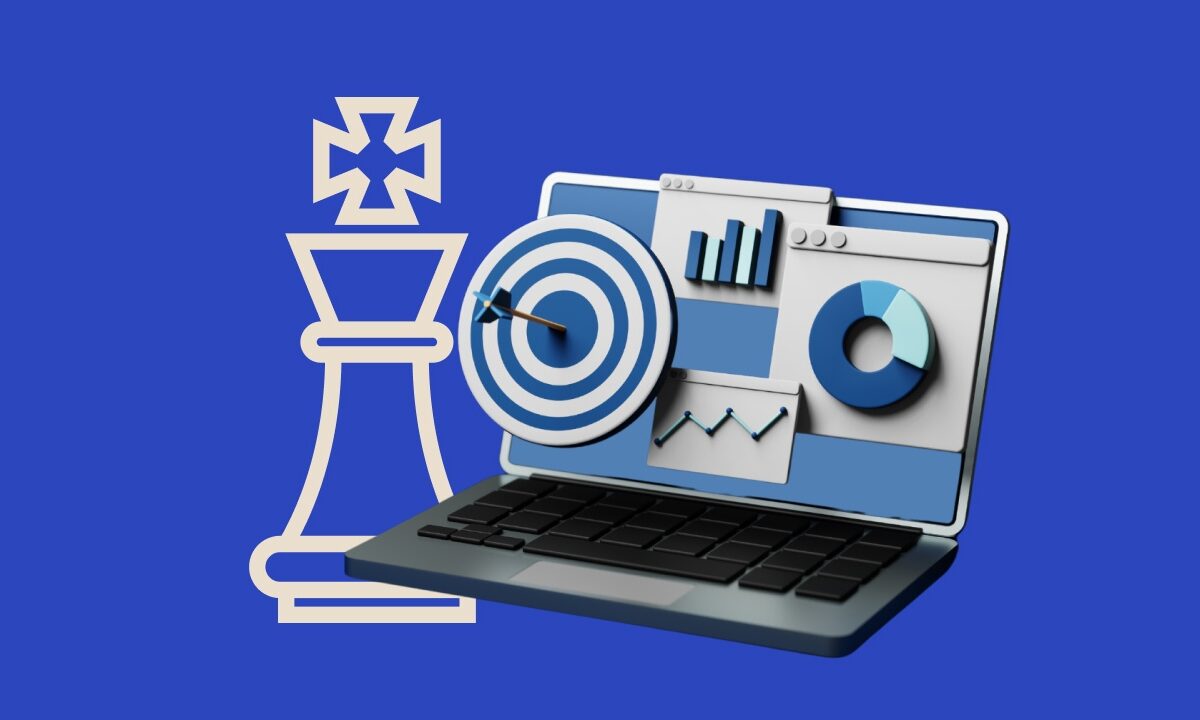
Marketing’s job is never done. It’s about perpetual motion. We must continue to innovate every day.
Beth Comstock
In today’s competitive digital landscape, businesses need marketing strategies that deliver measurable results. Performance marketing has emerged as one of the most effective ways to drive conversions, ensuring that businesses only pay for specific actions like clicks, leads, or sales.
This blog will cover everything you need to know about performance marketing, including its benefits, top channels, and strategies to maximize your return on investment (ROI).

What Is Performance Marketing?
Performance marketing is a data-driven digital marketing strategy where advertisers pay only when a specific action is completed. Unlike traditional advertising, which focuses on brand awareness, performance marketing ensures businesses only pay for measurable results, such as:
- Clicks on an ad
- Form submissions (leads)
- Product purchases
- App downloads
Performance marketing leverages paid advertising channels like Google Ads, Meta Ads, LinkedIn Ads, Amazon Ads, and content marketing to drive targeted traffic and conversions. Businesses can track and optimize their campaigns in real time, making it a cost-effective and scalable approach.
Benefits of Performance Marketing
1. Cost-Effective Advertising
Since advertisers pay only for actual conversions (not just impressions or reach), performance marketing eliminates wasted ad spend.
2. Real-Time Analytics & Optimization
Marketers can track their campaign performance and adjust strategies in real time to improve results.
3. Highly Targeted Advertising
Using data and AI-driven insights, businesses can target the right audience based on demographics, interests, and online behavior.
4. Better ROI & Measurable Results
Every dollar spent in performance marketing is tied to a specific goal, ensuring a high return on ad spend (ROAS).
5. Scalable Growth
Whether you’re a startup or an enterprise, performance marketing allows you to scale campaigns based on real-time data and demand.
Top Performance Marketing Channels
1. Paid Media: Driving Instant Results
Paid media refers to advertising on digital platforms where businesses pay for visibility. This includes:
- Search Ads (Google Ads) – Appear on top of search engine results for high-intent queries.
- Display Ads – Banner ads shown on websites and mobile apps.
- Video Ads (YouTube Ads) – Engage audiences through visual storytelling.
Paid media works because it offers instant reach and measurable performance, making it the backbone of digital advertising.
2. Meta Ads: Reaching Audiences on Facebook & Instagram
Meta Ads (formerly Facebook Ads) allow businesses to target audiences on Facebook and Instagram. With over 3 billion users, Meta’s ad platform is one of the most powerful in digital marketing.
Meta Ads enable businesses to:
- Target users based on demographics, interests, and behavior
- Run multiple ad formats (carousel ads, video ads, lead generation ads)
- Retarget users who interacted with previous ads
For businesses looking to boost brand awareness, engagement, and conversions, Meta Ads are an essential performance marketing tool.
3. LinkedIn Ads: The Best Platform for B2B Marketing
If your business targets professionals, executives, or decision-makers, LinkedIn Ads is the most effective platform. Unlike Facebook or Instagram, LinkedIn is business-focused, making it perfect for B2B advertising.
With LinkedIn Ads, you can:
- Target professionals based on job titles, industries, and company size
- Run sponsored content, message ads, and dynamic ads
- Generate high-quality B2B leads with precise targeting
For companies offering corporate services, software, or high-ticket B2B products, LinkedIn Ads deliver unmatched ROI.
In today’s competitive digital landscape, businesses need marketing strategies that deliver measurable results. Performance marketing has emerged as one of the most effective ways to drive conversions, ensuring that businesses only pay for specific actions like clicks, leads, or sales.
4. Google Ads (YouTube): Leveraging Search & Video Marketing
Google Ads is one of the most effective performance marketing channels because it captures high-intent users. Two of its most powerful ad formats are:
Google Search Ads
- Appear on top of Google’s search results when users look for specific products or services.
- Ideal for businesses that want to capture potential customers at the moment of intent.
YouTube Ads
- With over 2 billion monthly users, YouTube is the second-largest search engine.
- Video ads offer high engagement and help brands tell compelling stories.
By combining Google Search and YouTube Ads, businesses can drive traffic, leads, and conversions effectively.
5. Social Media Management: Enhancing Engagement & Visibility
Social media is more than just running ads—it’s about building an engaged audience. Effective social media management ensures that your brand maintains a strong presence through:
- Consistent posting and audience interaction
- Optimized content for Facebook, Instagram, LinkedIn, and Twitter
- Data-driven insights to improve engagement and conversions
With the right content strategy and paid advertising mix, social media management can significantly enhance your performance marketing efforts.
6. Marketplace Management: Selling on E-Commerce Platforms
For brands selling on Amazon, Flipkart, or eBay, marketplace management is crucial. A well-optimized marketplace strategy ensures that your products:
- Appear at the top of search results
- Have compelling descriptions and high-quality images
- Are promoted through paid ads to boost sales
Without marketplace management, brands risk losing visibility and sales to competitors.
7. Amazon Management: Optimizing E-Commerce Growth
Amazon is the largest e-commerce platform, making Amazon management a key part of performance marketing. Successful Amazon management includes:
- Amazon Ads - Sponsored products, display ads, and Amazon DSP campaigns.
- Product Listing Optimization – Using relevant keywords and high-quality images to improve rankings.
- Pricing and Inventory Management – Ensuring your products are competitively priced and always available.
For brands looking to dominate online retail, Amazon management is essential.
9. Content Marketing: Building Long-Term Brand Authority
Performance marketing isn’t just about ads—it’s also about creating valuable content that attracts and retains customers. Content marketing includes:
- SEO-driven blogs that rank on Google
- Email marketing campaigns to nurture leads
- Infographics and videos that engage audiences
A strong content marketing strategy helps reduce ad spend by bringing in organic traffic, making it a perfect complement to paid campaigns.
9. Content Writing: Crafting Compelling Messages
Behind every successful marketing campaign is high-quality content writing. Whether it’s:
- Ad copy for Meta, Google, or LinkedIn Ads
- Engaging blog posts and website content
- Persuasive email marketing campaigns
Well-crafted content ensures that marketing messages connect with audiences and drive conversions.
How to Build a Winning Performance Marketing Strategy
The success of a performance marketing campaign depends on having the right strategy. Here’s how to get started:
1. Set Clear Goals
Are you looking to increase sales, generate leads, or boost website traffic? Defining your objective will determine which platform and strategy to use.
2. Choose the Right Channels
If you’re an e-commerce brand, Amazon and Google Shopping Ads might work best. For B2B marketing, LinkedIn Ads could be the best choice. The key is to focus on platforms where your target audience is most active.
3. Target the Right Audience
Precision targeting is everything. Performance marketing allows you to segment your audience based on demographics, interests, behaviors, and even past interactions with your brand.
4. Optimize & Test Continuously
One of the biggest advantages of performance marketing is real-time optimization. Analyzing data, testing different ad creatives, and tweaking campaigns based on results can significantly improve performance.
5. Scale Up What Works
When a campaign delivers good results, increase the budget and expand your reach. Performance marketing is highly scalable, making it easy to double down on successful campaigns while cutting losses on underperforming ones.
Final Thoughts: The Future of Performance Marketing
Performance marketing is a powerful and results-driven approach that enables businesses to optimize their advertising budgets and maximize conversions. By leveraging paid media, social media management, marketplace management, and content marketing, businesses can achieve sustainable growth and profitability.
With digital marketing constantly evolving, staying ahead with performance-driven strategies will be the key to long-term success.





